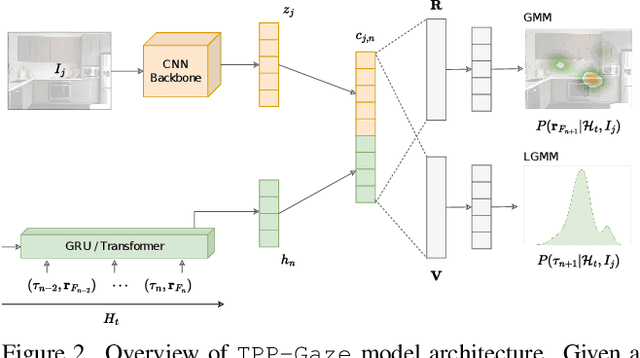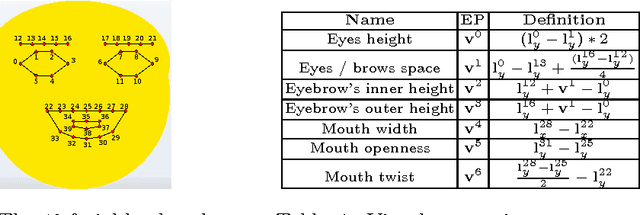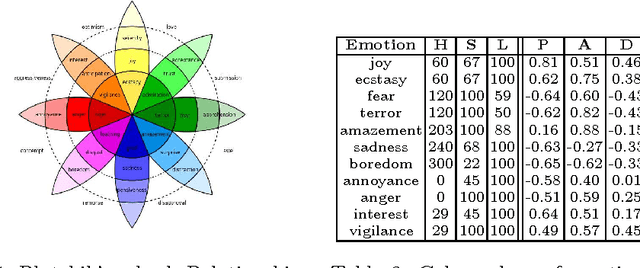Vittorio Cuculo
TPP-Gaze: Modelling Gaze Dynamics in Space and Time with Neural Temporal Point Processes
Oct 30, 2024



Abstract:Attention guides our gaze to fixate the proper location of the scene and holds it in that location for the deserved amount of time given current processing demands, before shifting to the next one. As such, gaze deployment crucially is a temporal process. Existing computational models have made significant strides in predicting spatial aspects of observer's visual scanpaths (where to look), while often putting on the background the temporal facet of attention dynamics (when). In this paper we present TPP-Gaze, a novel and principled approach to model scanpath dynamics based on Neural Temporal Point Process (TPP), that jointly learns the temporal dynamics of fixations position and duration, integrating deep learning methodologies with point process theory. We conduct extensive experiments across five publicly available datasets. Our results show the overall superior performance of the proposed model compared to state-of-the-art approaches. Source code and trained models are publicly available at: https://github.com/phuselab/tppgaze.
Unveiling the Truth: Exploring Human Gaze Patterns in Fake Images
Mar 13, 2024Abstract:Creating high-quality and realistic images is now possible thanks to the impressive advancements in image generation. A description in natural language of your desired output is all you need to obtain breathtaking results. However, as the use of generative models grows, so do concerns about the propagation of malicious content and misinformation. Consequently, the research community is actively working on the development of novel fake detection techniques, primarily focusing on low-level features and possible fingerprints left by generative models during the image generation process. In a different vein, in our work, we leverage human semantic knowledge to investigate the possibility of being included in frameworks of fake image detection. To achieve this, we collect a novel dataset of partially manipulated images using diffusion models and conduct an eye-tracking experiment to record the eye movements of different observers while viewing real and fake stimuli. A preliminary statistical analysis is conducted to explore the distinctive patterns in how humans perceive genuine and altered images. Statistical findings reveal that, when perceiving counterfeit samples, humans tend to focus on more confined regions of the image, in contrast to the more dispersed observational pattern observed when viewing genuine images. Our dataset is publicly available at: https://github.com/aimagelab/unveiling-the-truth.
Trends, Applications, and Challenges in Human Attention Modelling
Feb 28, 2024

Abstract:Human attention modelling has proven, in recent years, to be particularly useful not only for understanding the cognitive processes underlying visual exploration, but also for providing support to artificial intelligence models that aim to solve problems in various domains, including image and video processing, vision-and-language applications, and language modelling. This survey offers a reasoned overview of recent efforts to integrate human attention mechanisms into contemporary deep learning models and discusses future research directions and challenges. For a comprehensive overview on the ongoing research refer to our dedicated repository available at https://github.com/aimagelab/awesome-human-visual-attention.
The color of smiling: computational synaesthesia of facial expressions
May 16, 2015



Abstract:This note gives a preliminary account of the transcoding or rechanneling problem between different stimuli as it is of interest for the natural interaction or affective computing fields. By the consideration of a simple example, namely the color response of an affective lamp to a sensed facial expression, we frame the problem within an information- theoretic perspective. A full justification in terms of the Information Bottleneck principle promotes a latent affective space, hitherto surmised as an appealing and intuitive solution, as a suitable mediator between the different stimuli.
 Add to Chrome
Add to Chrome Add to Firefox
Add to Firefox Add to Edge
Add to Edge